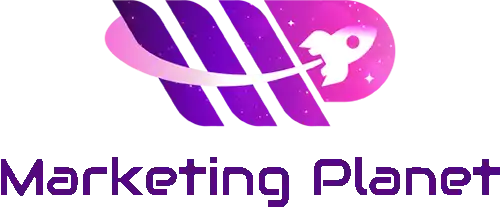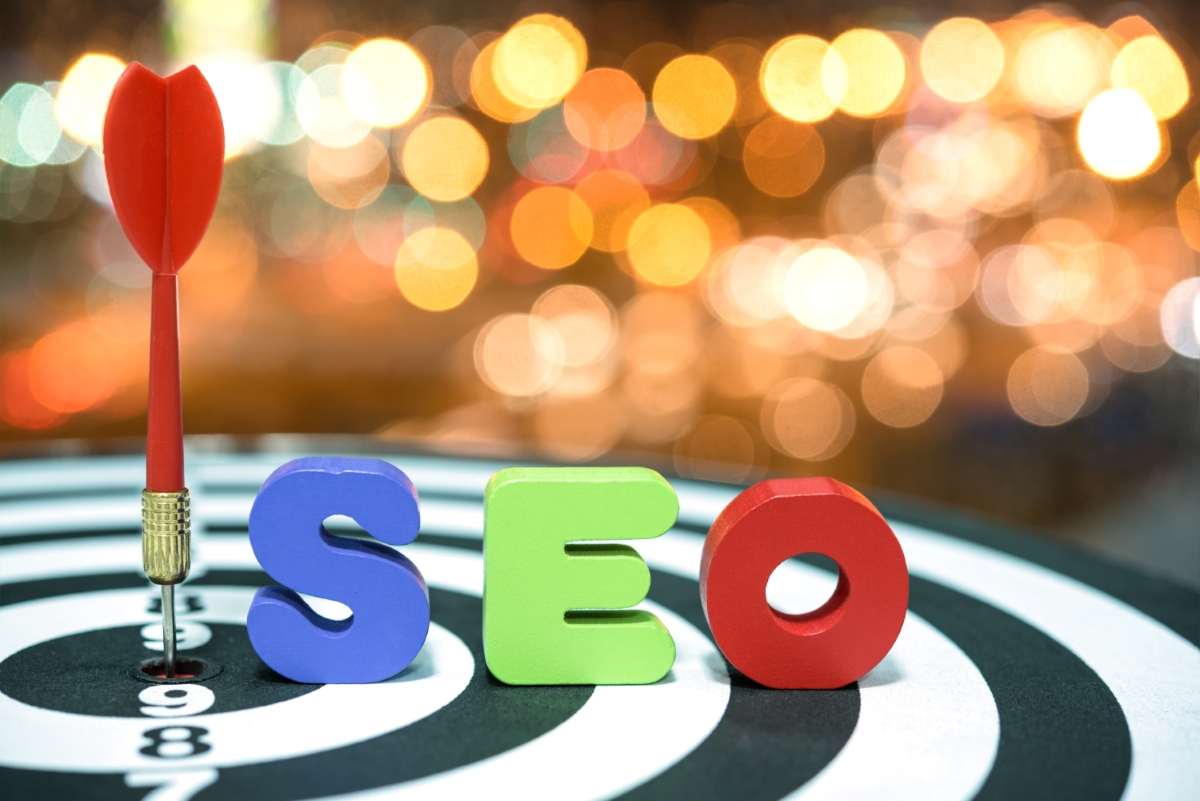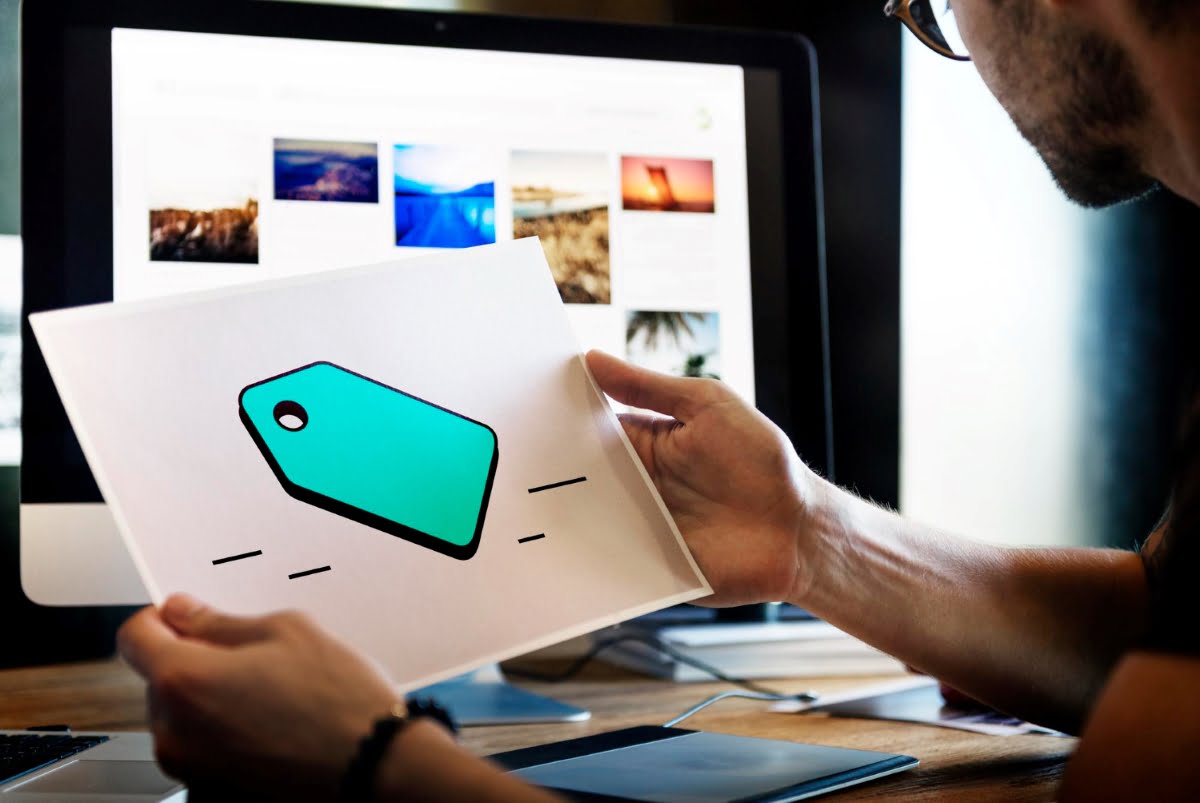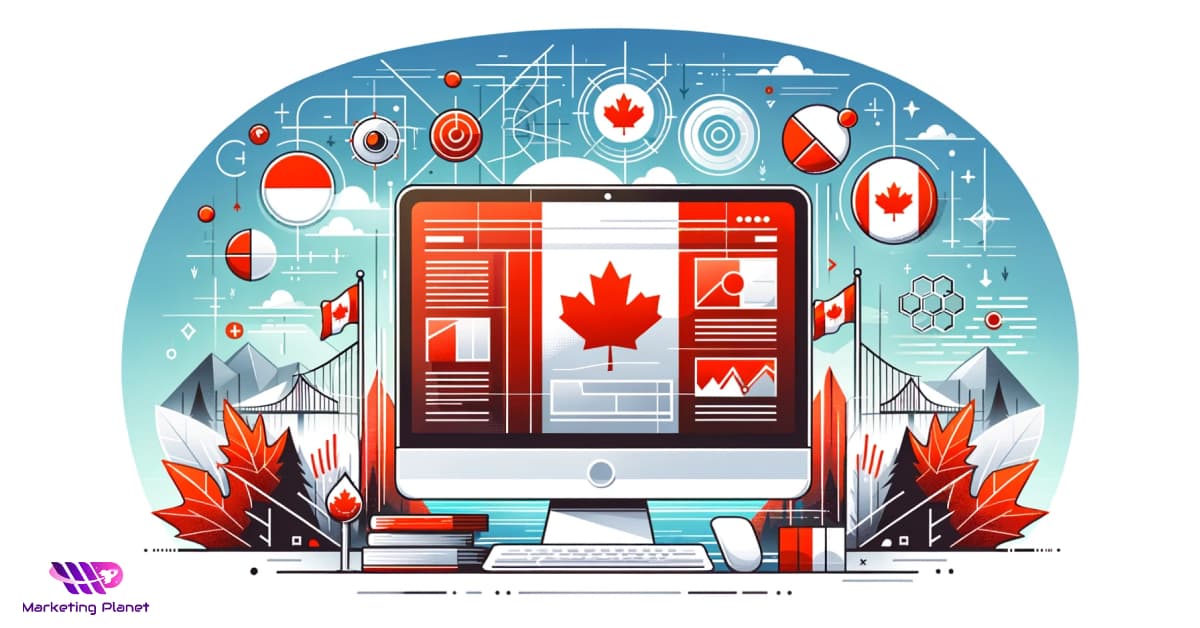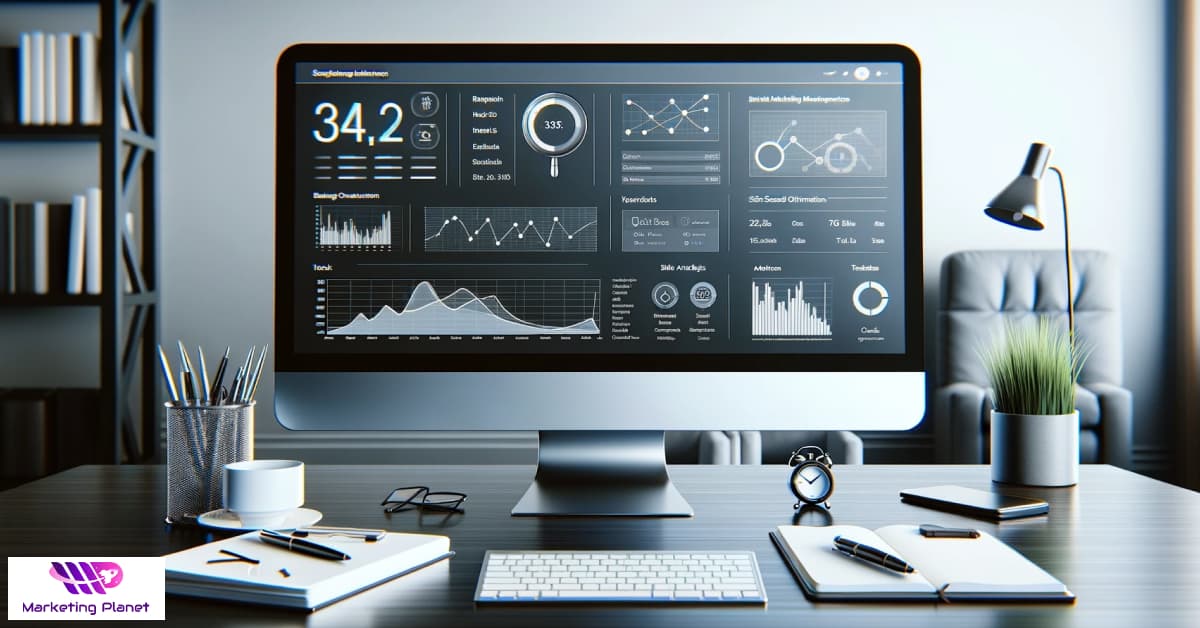Millions of businesses try to attract users attention in todays digital world. One of the practical solutions is Search Engine Optimization (SEO) in digital marketing, which can help to create an engaging website. As there is intense competition, companies should adapt their SEO strategies accordingly to stay ahead in this ranking. On-page SEO Optimization is one of the most crucial aspects of SEO that boosts website ranking and focuses on factors within the website rather than external factors. In this article, I will discuss On-page SEO Optimization and its strategies to improve organic traffic on a website.
Table of Contents
Toggle
What is On-page SEO Optimization?
On-page SEO Optimization focuses on improving the visibility of individual pages so they get better ranking in search engine results. It works on the structure and content of a webpage. However, SEO, in general, considers a broader range of factors, like technical aspects and off-page factors; on-page SEO Optimization focuses only on optimization techniques within each page. In other words, It is called on-page as the strategies are visible to users on the page (off-page includes those changes that users can not always see).
Why On-page SEO Optimization?
Improved user experience
On-page SEO Optimization techniques include enhancing mobile responsiveness, website load speed, and organizing content. They all encourage users to spend more time on the website, reduce bounce rates, and have a better user experience in general.
Higher search engine ranking
When you optimize a web page, you increase the chance of a high ranking in search engine results (SERPs). So your website gains more visibility, organic traffic, and potential customers. This is exactly what all kinds of businesses look for.
Targeting relevant keywords
On-page SEO Optimization can be helpful when you need to target keywords strategically in website content. So search engine bots recognize the web page more quickly. Besides, the right audience has a chance to read yours, get to know your brand, and visit your website.
What are effective strategies?
On-page SEO optimization has some effective strategies as follow:
Keyword research and Optimization
Keyword research plays a crucial role in On-page SEO. The point is you need to do research, identify relevant keywords to the business, and create content based on them. As a result, you can connect to your target audience. Practical tools like Google Keyword Planner help to find keywords that are high search volume and low competitive. Then, it is time to categorize the words based on different sections on your website.
High-quality and relevant content
Relevant and engaging content is essential for users and search engines. As users look for informative content to answer their queries, you need to organize it and use related headings and bullet points. So the audience finds what they need very quickly and enjoys using your website. Besides, engaging content attracts social signals and your website ranking increases.
Incorporate keywords naturally throughout your text, especially in the first paragraph and heading. Based on the latest update, using keywords naturally is an advantage. So when content writers only focus on the number of keywords in the text, search engines realize that it is not reader-friendly. As a result, they do not score the website. It is a good idea to use keywords and synonyms of keywords in the content so you can effectively target your chosen keywords. Do not forget to use keywords in title tags, meta descriptions, header tags, and through the content.
URL structure
URLs should be descriptive, exact, and easy to understand to improve click-through rates for your website. The more engine-friendly URLs are, the higher the chance of ranking. Besides, it improves your pages visibility. It should include your primary keyword, preferably at the beginning, so you can enhance its relevance. Long or short URLs? Definitely, short. Use hyphens to separate words. As a result, search engines see them as word separators. Avoid long lines of numbers and nonsense letters.
Improve Page title
It is highly likely to attract users and enhance your click-through rates by an effective page title. It should be under 70 characters and contain primary keywords. Improved page titles that reflect the content accurately can gain more visibility in search engine results.
Meta Description
You can find a meta description in search engine results that is below the title. It is about 150- 160 characters long, a summary of a content page, and includes your primary keywords. A compelling meta description invites users to click the link and take a look at the website. However, a well-written meta description indirectly boosts your search engine rankings, it is crucial in attracting organic traffic.
Image Optimization
High-ranking web pages include appealing images. However, they do not slow down the loading speed. As they are compressed, it does not affect the quality. Use optimized images, descriptive filenames, and alt tags with relevant keywords. So, search engine bots realize the image content and improve visibility in image search results.
Internal linking
Strategic internal linking directly improves your On-page SEO. The links should be logical and well-organized. It also has a range of benefits, such as spreading the link authority across your website, indexing pages quickly, and enhancing user experience. Whenever it is appropriate, link to relative pages and use anchor texts (clickable text in a hyperlink).
Mobile Optimization
These days, more and more people use phones to search and shop. As a result, search engines consider user experience on mobile devices more crucial than before. To get a high rank, you need to optimize your website for mobile phones so they are responsive to all kinds of devices with different screens and resolutions
Heading Tags Optimization
You can use heading tags (H1, H2, H3, etc.) to organize your content. When you insert your primary keyword in the H1 tag, you specify your main heading and signal search engines about the topic page. H2, H3, etc. are subheading tags. They can help you organize and optimize your content. By choosing relevant tags, search engines can understand your page structure better.
Page Speed Optimization
There is a list of tasks you can do to improve your website speed, like reducing server response time, enabling browser caching, compressing images, and minimizing the use of heavy plugins. You need to monitor your website regularly and boost your sites speed. It is a good idea to use tools to help you, such as Google PageSpeed Insights or GTmetrics.
Conclusion
On-page SEO optimization is one of the crucial SEO strategies that help boost user experience, get a higher ranking in search engine results, and improve businesses. As we discussed, different techniques can improve your website visibility, such as organized keywords for content, optimized heading tags, a clean URL structure,
